Repairing Scratched Marble Countertops
Marble countertops are prized for their natural beauty and elegance, making them a popular choice in many homes. However, their softness compared to other stones makes them susceptible to scratches and damage. Repairing these scratches is crucial to maintaining the aesthetic appeal and longevity of the marble. Let’s discuss the process of repairing scratched marble countertops, offering step-by-step instructions, common mistakes to avoid, and answers to frequently asked questions.
Understanding Marble Scratches
Marble, a metamorphic rock, is composed predominantly of calcite. This mineral gives marble its characteristic veining and luster but also makes it relatively soft compared to other countertop materials like granite or quartz. The Mohs hardness scale rates marble between 3 and 5, which explains why it scratches more easily. Scratches can occur from everyday use, such as cutting directly on the surface, dragging heavy objects, or even from acidic spills that etch the surface.
To properly address scratches, it’s essential to understand their depth. Surface scratches, which are shallow and only affect the polish, can often be repaired with minimal effort. Deeper scratches, however, may require more intensive restoration techniques. Identifying the type and severity of scratches on your marble countertop is the first step towards effective repair.
Additionally, the type of finish on your marble—whether polished, honed, or leathered—will influence the repair approach. Polished marble has a high-gloss finish, while honed marble has a matte finish. Leathered marble, on the other hand, has a textured finish. Each finish will require specific products and techniques to achieve a seamless repair.
Understanding the nature of marble and the types of scratches will help you choose the right method and tools for repair. Proper knowledge will also prevent further damage during the repair process, ensuring that your countertop remains a stunning focal point in your kitchen or bathroom.
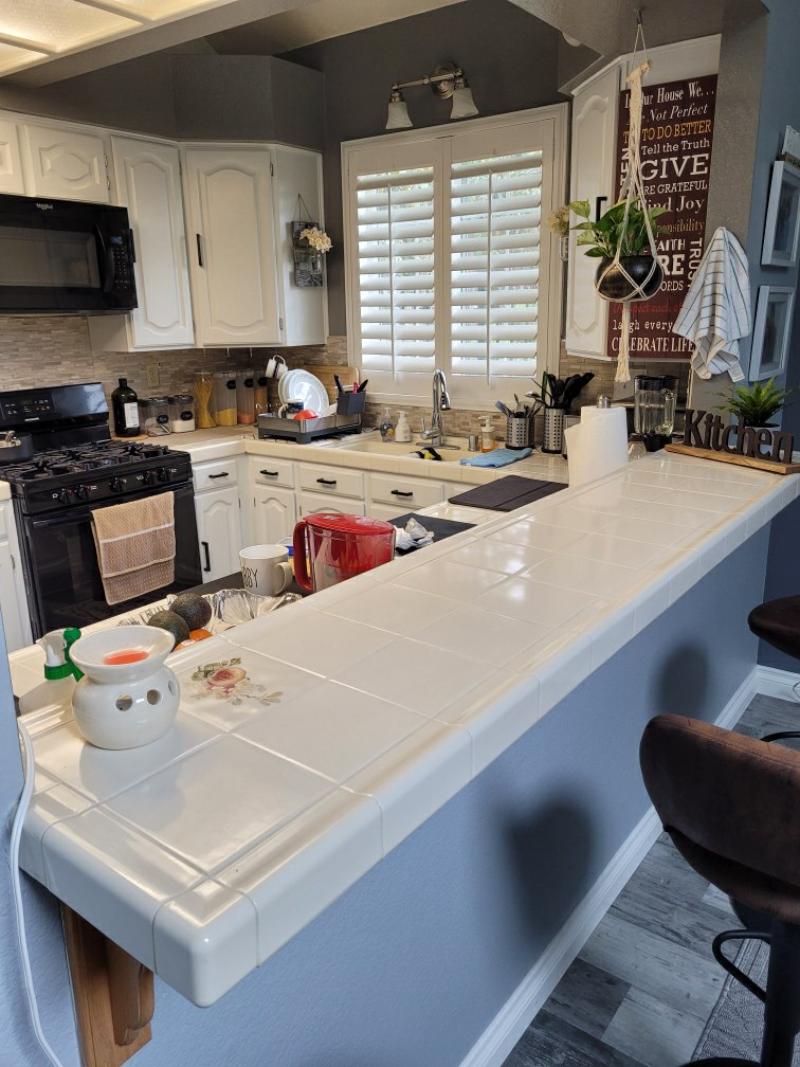
Step-by-Step Scratch Repair Process
Cleaning the Surface Before starting any repair work, it is vital to thoroughly clean the countertop. Use a pH-neutral cleaner specifically designed for marble to avoid any potential damage from harsh chemicals. Gently scrub the surface with a soft cloth or sponge, ensuring all dirt, grime, and residues are removed. Dry the countertop completely with a microfiber cloth to prevent any water spots.
Assessing the Scratch Depth Once the surface is clean, inspect the scratch closely. Light scratches can often be felt with a fingernail but won’t catch it. For deeper scratches, your fingernail will catch as you run it over the surface. Use a magnifying glass if necessary to get a better view of the scratch’s depth and extent. This assessment will help determine the appropriate repair method.
Sanding the Scratch For light scratches, start with a 400-grit sandpaper. Wet the sandpaper and gently sand the scratch in a circular motion. Keep the area wet to avoid further scratching. If the scratch persists, move to a finer grit, like 600 or 800, and continue sanding. For deeper scratches, start with a coarser grit, such as 200 or 300, and progressively move to finer grits. Always ensure the sandpaper is wet to minimize dust and scratching.
Polishing the Marble After sanding, the marble’s surface will need to be polished to restore its shine. Use a marble polishing powder or a product specifically designed for marble countertops. Apply the polish to the surface and buff it with a soft cloth or a low-speed polisher. Work in small sections, ensuring an even polish. For honed or leathered finishes, you might need a different polishing technique or product to match the existing texture.
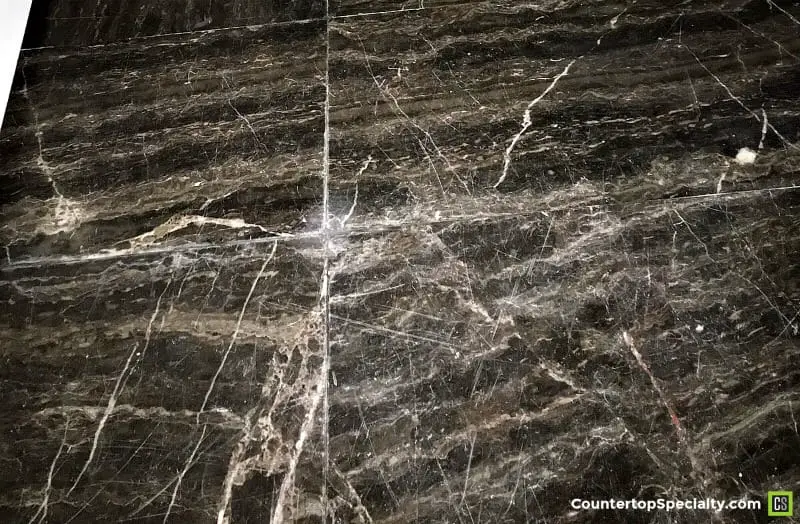
Preventative Measures to Protect Marble
Preventing scratches and damage to marble countertops involves both careful use and regular maintenance. Implementing a few simple practices can significantly extend the life and beauty of your marble surfaces.
Use Cutting Boards and Trivets One of the easiest ways to protect your marble countertop is by using cutting boards for food preparation. Never cut directly on the marble surface, as knives can easily scratch the stone. Similarly, use trivets or hot pads under hot pots and pans to prevent thermal shock and potential cracks or scratches.
Regular Cleaning and Maintenance Regular cleaning with a pH-neutral cleaner helps maintain the marble’s surface. Avoid using acidic or abrasive cleaners, which can etch the surface and create scratches. Wipe up spills immediately, especially those from acidic substances like lemon juice, vinegar, or wine, to prevent etching.
Seal the Marble Sealing your marble countertop can provide an additional layer of protection. Sealers penetrate the marble’s pores and help prevent staining and etching. Depending on the type of sealer used, you might need to reapply it every six months to a year. Always follow the manufacturer’s instructions for the best results.
Mindful Use of Kitchen Tools Be cautious with heavy kitchen tools and utensils. Avoid dragging appliances or other heavy objects across the countertop. Lifting and placing items instead of sliding them will prevent scratches and preserve the surface integrity.
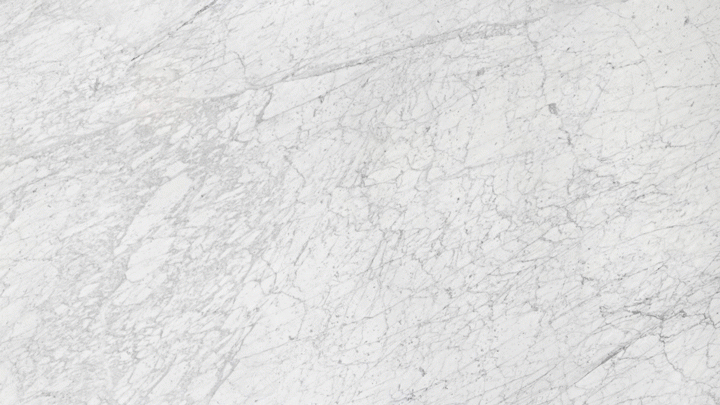
Common Mistakes to Avoid
Using the Wrong Cleaning Products Many commercial cleaners contain acidic or abrasive ingredients that can damage marble. Avoid using vinegar, bleach, or ammonia-based cleaners. Instead, opt for products specifically formulated for marble or natural stone surfaces.
Skipping the Sanding Process Some people might be tempted to skip sanding and go straight to polishing, especially for minor scratches. However, sanding is crucial for removing the scratch and ensuring a smooth surface. Without it, the scratch might remain visible despite polishing.
Improper Sanding Techniques Using dry sandpaper or applying too much pressure while sanding can cause additional scratches and damage. Always use wet sandpaper and sand gently in a circular motion. Patience is key to achieving a smooth and scratch-free surface.
Neglecting Regular Maintenance Marble countertops require regular maintenance to stay in good condition. Neglecting routine cleaning, sealing, and using protective measures can lead to more frequent and severe damage, necessitating more intensive repairs.
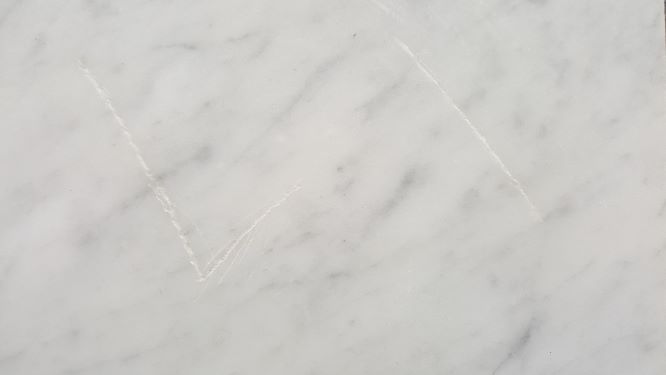
Can deep scratches in marble countertops be repaired at home?
Yes, deep scratches can be repaired at home, but they require more effort and the right tools. Start with a coarser grit sandpaper and gradually move to finer grits. After sanding, polishing with a suitable marble polish is essential. However, for very deep or extensive scratches, it might be best to consult a professional to ensure the best results.
What products are safe to use on marble countertops?
Products specifically designed for marble or natural stone are the safest to use. Look for pH-neutral cleaners and avoid acidic or abrasive substances. Marble polishing powders or creams are also safe and effective for maintaining the shine and smoothness of the surface. Always check the label to ensure the product is suitable for marble.
How often should marble countertops be sealed?
The frequency of sealing depends on the type of marble and the sealer used. Generally, it’s recommended to seal marble countertops every six months to a year. Some high-quality sealers might last longer, but regular inspection and reapplication are crucial to maintain protection against stains and etching.
Can scratches on honed marble be repaired the same way as polished marble?
While the basic principles of repair are similar, honed marble, which has a matte finish, requires different polishing techniques and products. After sanding the scratch, use a honed marble polish to achieve a consistent finish with the rest of the countertop. The goal is to restore the uniform matte appearance without introducing unwanted shine.
Is it possible to prevent scratches on marble countertops entirely?
While it’s challenging to prevent scratches entirely due to the soft nature of marble, you can minimize the risk by using cutting boards, avoiding direct contact with sharp objects, and using protective mats or trivets. Regular maintenance, including sealing and cleaning with appropriate products, also helps in reducing the likelihood of scratches and maintaining the countertop’s appearance.

Simple Ways to Get Scratches Out of Marble: 14 Steps

Simple Ways to Get Scratches Out of Marble: 14 Steps

HOW TO REMOVE A SCRATCH FROM MARBLE WWW.STONE-REPAIRS.COM
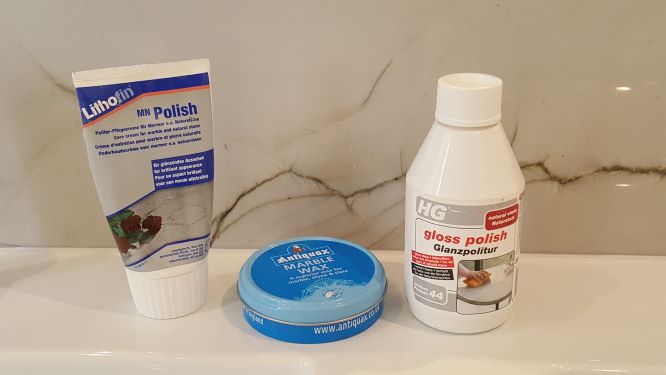
How to Repair Scratches in a Cultured Marble Countertop
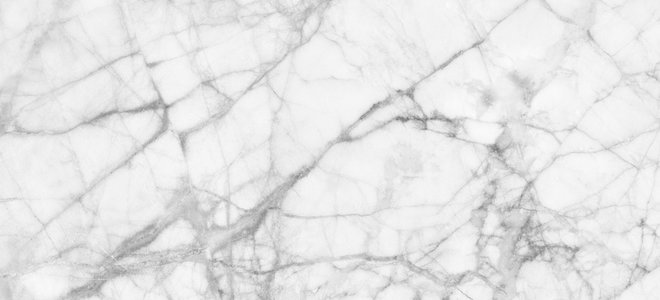
How to Repair chips or scratches in Marble

DIY No.2 – Stone Care Tips and Tricks – How to Remove Scratches
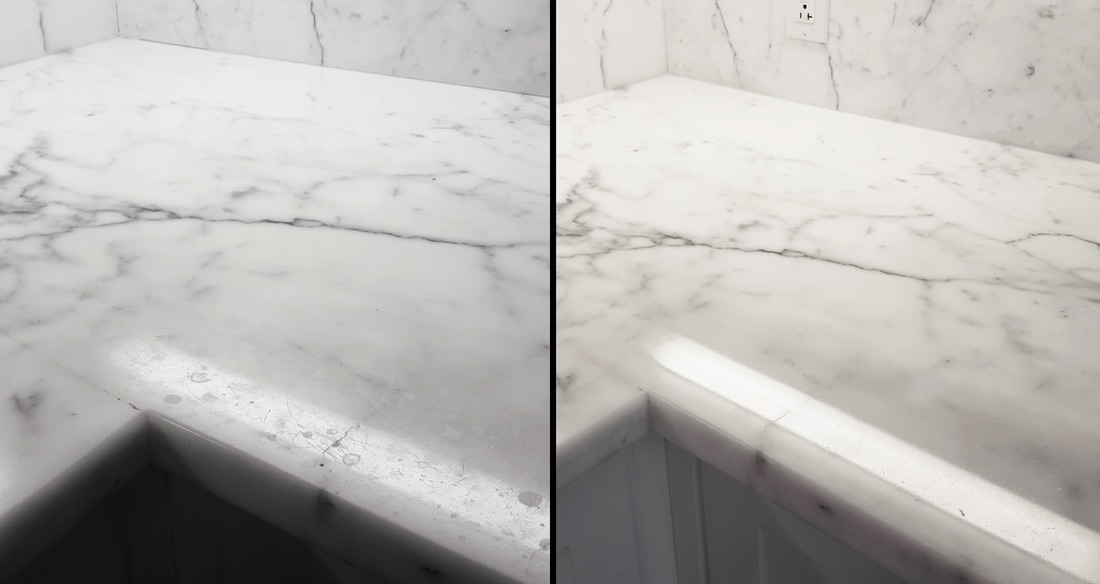
Related articles:
- DIY Refinishing Cultured Marble Countertops
- Marble Countertops In Bathrooms
- Cultured Marble Countertops
- Gray Kitchen Cabinets Marble Countertops
- Modern Kitchen Marble Countertops
- Refinish Cultured Marble Countertop
- Carrara Marble Countertops Bathroom
- Marble Countertops Types
- How To Refinish Marble Countertops
- White Gray Marble Countertops